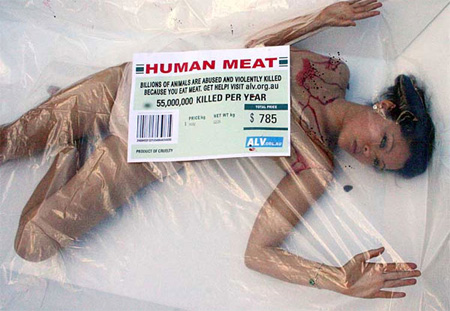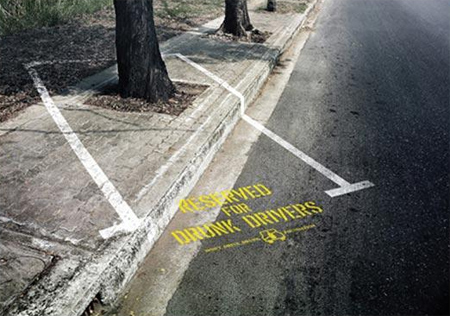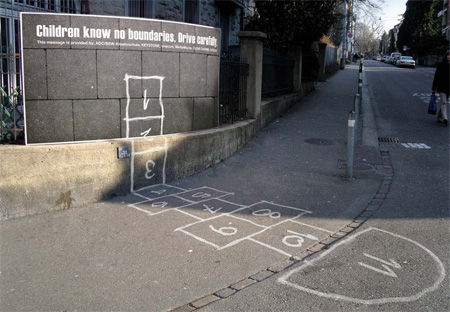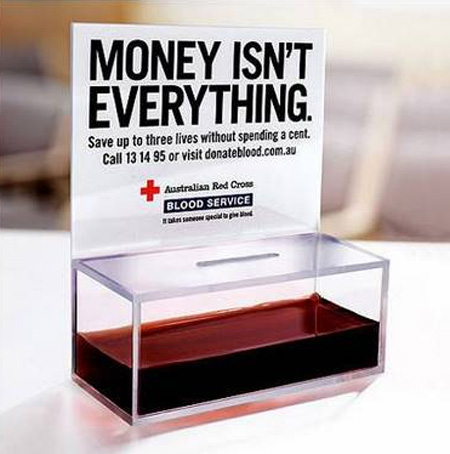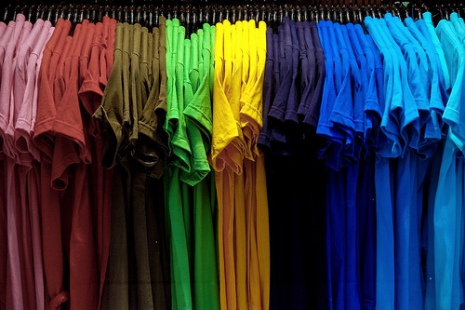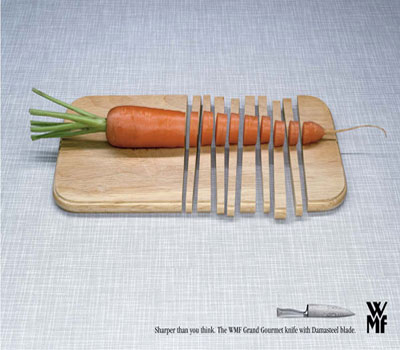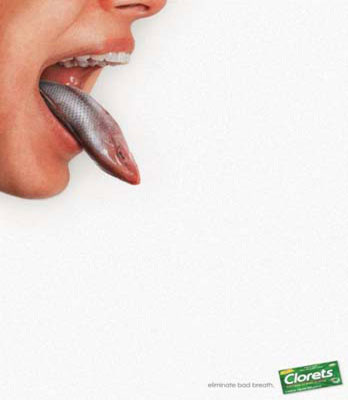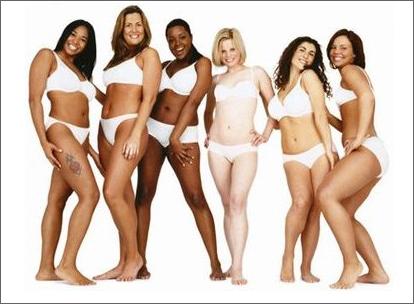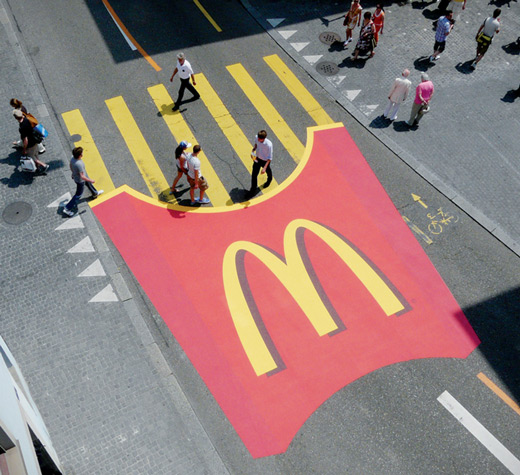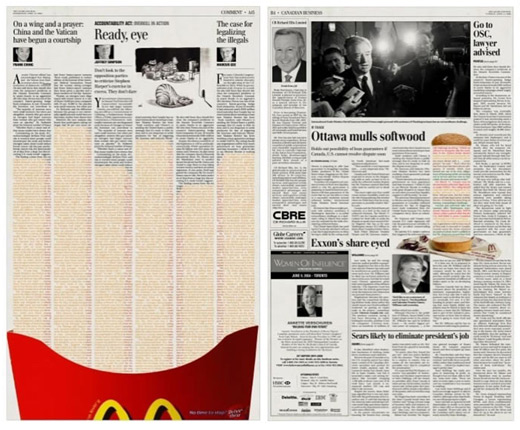Just wanted to finish off the term with some instances of creative and memorable advertising for non profit organizations.
This was PETA. What I liked about this (although I’m not a supporter of the cause) is that they took extreme but incredibly creative ideas to promote their cause. Drawing a crowd also provides free word of mouth and press attention.
These advertisements really work because they draw our attention enough that we truly pay attention and absorb the message that’s conveyed. They’re memorable and give the cause a “cool” feel that can make supporting the cause feel more worthwhile.
What I really liked about these advertisements, however, is that they all seem altruistic. Of course they aren’t entirely, and not all non-profit advertisements will be, but it’s refreshing to see creative ads that don’t give you the feeling you may be getting tricked or that someone is trying to take something from you.
For most advertisements I see today for different products or services, I disregard their messages or read everything with a cautious eye knowing that I can never entirely believe or rely on the information presented to me. For non-profit ads, however, I find it easier to pay attention, which makes the ad all the more memorable.
